Learn the simplest method for making homemade apple cider vinegar, plus 29 ways to harness its power using the DIY tips in this article.
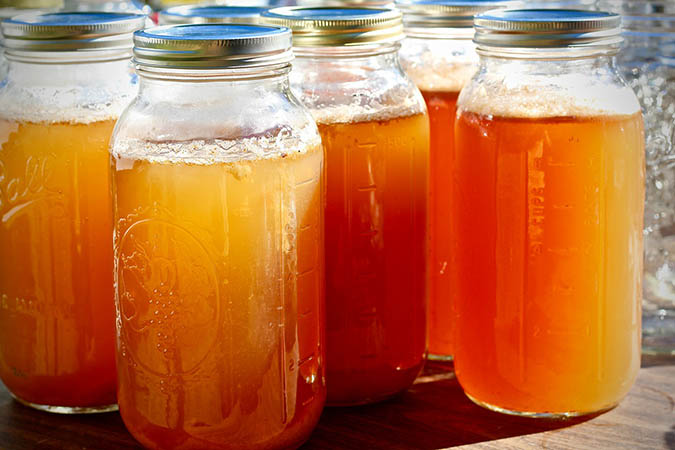
Image by Jenny Bayon from Pixabay
How to Make and Use Homemade Apple Cider Vinegar
Making homemade apple cider vinegar is a topic that is well-documented on various sites across the Internet. When I searched searched for recipes online, I found a wealth of information—covering how to make cider from fresh organic apples, how to transform that cider into hard cider (with many warnings to keep it out of reach of any alcoholics in the household) and, finally, how to allow the cider to go from alcohol to vinegar.
You May Also Enjoy:
“DIY Fire Cider Recipe—Simple & Powerful”
“How to Peel 20 Cloves of Garlic in 8 Seconds”
“Let us do the prep work for you! Check out our DIY Fire Cider Kits in the TGN Store!”
Making cider from fresh fall apples, as is recommended, can take up to six months from start to finish.
At the time that I wanted to do this, fall apples were not in season, and I was really looking for the quickest, easiest technique I could find. I opted to make my homemade apple cider vinegar using the “path of least resistance,” and here is how I did it:
How to Make Homemade Apple Cider Vinegar, the Easy Way
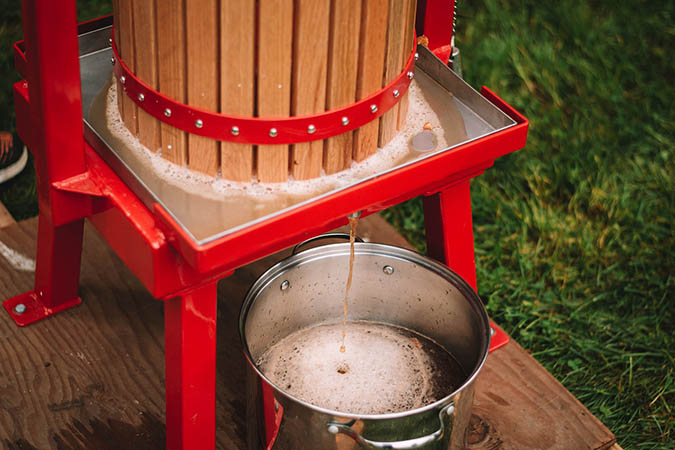
The easiest way to make homemade apple cider vinegar involves starting with storebought apple cider. Image by Veronica Bosley from Pixabay
Any large vessel should work for this fermentation project. Stick to glass or pottery; avoid plastic and metal.
Some time ago, a friend of mine was getting rid of unneeded items from her kitchen. She had two large Lipton Sun Tea jars that she thought I could put to use. I have a policy of accepting things that other people want to give me, so I took the jars home with me and started thinking about how I could use them.
The Hardest Part of Making This ACV Is Waiting
When I started researching the method to make my own apple cider vinegar, I realized that these big jars would make the perfect vessel—so I dusted one of them off and headed to the store for some cider.
- I bought the cheapest, no-frills bottle of apple cider that I could find.
- After sterilizing my big glass jar, I poured the cider in and covered the mouth of the jar with cheesecloth, secured in place with a strong rubber band.
- I placed the jar in the cabinet above my stove to allow it to ferment in a warm, but not too warm, dark place.
- Vinegar can take between 2 to 4 weeks on average to complete the fermentation process. You can begin taste-testing your fermenting apple cider after a few days and throughout the process until you are satisfied with the quality of your vinegar.
- At that point, you will want to put the vinegar into bottles or jars that you have designated for the storage of your finished product. In a sealed container, you can store your vinegar in the refrigerator indefinitely.
If you are anything like I am, you probably have a motley assortment of jars and bottles that you have saved, and you will have plenty of ways to store your batch of vinegar. My grandmother’s oft-quoted motto of, “Use it up, wear it out, make it do, or do without” is my guideline, so there are always jars, bottles, and containers aplenty in my home.
You May Also Enjoy:
“How to Make Fire Cider Vinegar [VIDEO]”
“How to Make Your Own Tinctures, Salves, and Essential Oils”
“Zone-Pushing Tips for Growing Ginger and Turmeric in Cold Climates”
I found that homemade apple cider vinegar is easy to make. The hardest part of making the vinegar was waiting for it to finish fermentation.
The next time I make vinegar, I will opt for creating my own organic cider from fresh fall apples and turning that cider into apple cider vinegar.
29 Uses for Homemade Apple Cider Vinegar
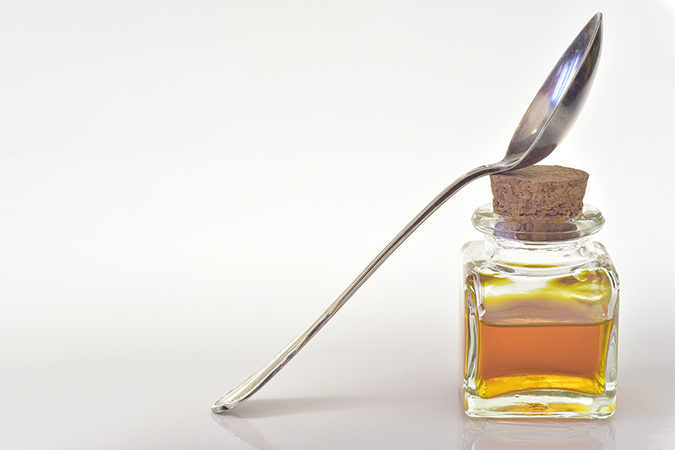
Image by Ulrike Leone from Pixabay
Health and Wellness
- Take a tablespoonful daily in 8 ounces of water as a preventative against colds and flu. It works, people. Just give it a try.
- When battling gastroenteritis, also known as stomach flu, take a tablespoonful in 8 ounces of water several times a day.
- When battling diarrhea, take a tablespoonful in 8 ounces of water several times a day. Don’t argue about it like my husband and kids do—just take it. You will be glad you did!
- Treat sunburn by soaking a washcloth in undiluted vinegar and applying directly to the burned area of skin. Let the dampened cloth lie on the skin for 5-10 minutes. You will smell like a salad, but your sunburn won’t hurt!
- Taking vinegar in the same dosage as for flu can help reduce joint pain and is safer than taking anti-inflammatory medicines.
Household

Image by PicsbyFran from Pixabay
- Clean and deodorize after pet accidents by spraying the carpet with a solution of 50 percent vinegar to 50 percent water. First, blot up any liquid, then soak carpet with vinegar water. After 5 minutes, blot the area thoroughly and allow to dry. Once dry, there should be no odor.
- Clean and deodorize after the toddler’s potty training accidents, following the same process as is used to clean up pet accidents. Pets and toddlers do have some interesting similarities!
- Use vinegar and water to clean glass and mirrors in a ratio of 1 part vinegar to 8 parts water.
- Adding 1/2 cup of vinegar to the last rinse cycle of your wash load will help to soften clothes and control static cling.
- Adding vinegar to the last rinse cycle also helps to reduce lint buildup on clothes and keeps pet hair from sticking to clothes. We all love our pets, but no one wants to wear the evidence of having pets on their clothing.
- Vinegar can aid in removing stubborn stains such as those caused by coffee and tea. Soak the stain in a solution of 1/3 cup vinegar to 2/3 cup of water. After soaking, hang items out in the sun until dry.
- Full-strength vinegar can remove stubborn mildew stains from clothing.
- Use a mixture of 50 percent vinegar to 50 percent water as a stain treatment before washing any items that are stained. Keep this near the washer in a spray bottle. This solution costs way less than name-brand stain removers and contains no petrochemicals.
Beauty Treatments
- Apple cider vinegar is a great hair conditioner. Mix with water in a 1-to-1 ratio in an old shampoo or conditioner bottle. Apply to hair and allow to sit for a couple minutes, then rinse.
- Rinse it through hair to detangle and reduce frizziness.
- Rinsed through hair, it helps control dry, itchy scalps due to the antifungal and antibacterial properties of the vinegar.
- Use apple cider vinegar as a face wash. Mix one tablespoonful of vinegar to a cup of water and apply to facial skin using a cotton ball. Apple cider vinegar-water is naturally antibacterial and deep cleans pores. Follow with a moisturizer suited to your skin type.
Dog Treatments
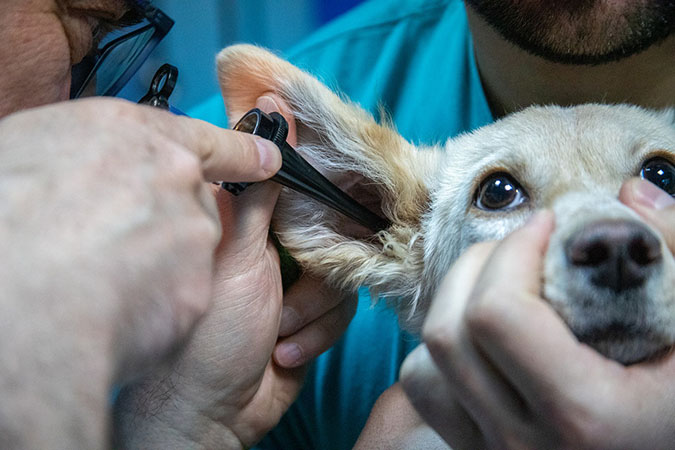
Image by Mirko Sajkov from Pixabay
- Apple cider vinegar can help restore proper pH to your dog’s system. If your dog is itchy, scratches constantly, is losing fur, or is stinky, adding a teaspoon of apple cider vinegar twice a day to his or her food can help relieve the misery. You can increase the dose up to a tablespoonful a day if you are not seeing results at a lower dosage.
- Apple cider vinegar is also useful for preventing ear infections in dogs. Apply a few drops inside your dog’s ears following a bath.
- Spraying your dog after a bath with a 50/50 vinegar-water mixture and allowing him or her to air dry can help kill fleas, ticks, and ringworm.
- Adding 1 teaspoon of apple cider vinegar to your dog’s drinking water can help reduce or eliminate the tear stains that light-colored pets often get by their eyes.
- Apple cider vinegar added to a dog’s water can help to eliminate urinary problems.
Cat Treatments
- Apple cider vinegar used in a 50/50 vinegar-water mixture can be applied to cats with pink eye to clear the infection.
- Apple cider vinegar in a 50/50 vinegar-water water mixture can be wiped on a cat’s paws and applied to its neck to combat the urinary tract infections that cats seem to be prone to having. Adding vinegar to a cat’s water can treat the UTI, but cats can be finicky about the way their food and water taste and may avoid drinking the water. Applying the mixture to the paws makes them ingest it as they clean their paws. Do this twice a day for best results.
Horse Treatments
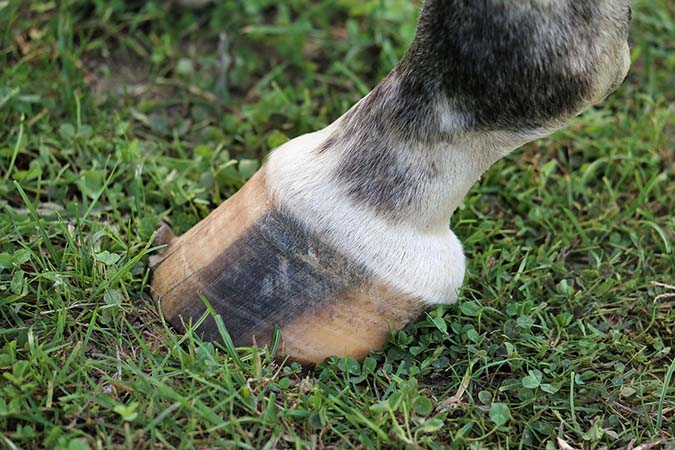
Image by Goran Horvat from Pixabay
• Apple cider vinegar can be used to treat horses who have urinary tract stones by adding 1/2 to 1 cup of vinegar to 6 gallons of water.
• Treat hoof rot by soaking your horse’s hooves in apple cider vinegar 2 to 3 times a day.
• Treat your horse’s dry skin and dandruff by adding up to 1/2 cup of apple cider vinegar to your horse’s feed daily.
• Adding apple cider vinegar to your horse’s feed and water can help combat fly problems.
• It is effective in relieving painful joints in horses. Add up to 1/2 cup to your horse’s feed daily.
Will Apple Cider Vinegar Work For You?
As with any information you read, it is your responsibility to do your research and evaluate the use of apple cider vinegar for yourself, your household, and your pets. I do not claim to be a medical professional or a veterinarian (nor do I play one on television!) but I can tell you that I have used apple cider vinegar at home for myself, my family, and my pets with great success for the past 20 years, at least.
Because my family and I survive and actually thrive on a tight budget, I have made it my mission to find ways to run my home as inexpensively as I can, while maintaining or improving our quality of life.
You May Also Enjoy:
“Soothe a Sore Throat With Herbal Ice Cream”
I also have a philosophy of thinking for the long-term as my husband and I grow older, to find ways of keeping our spending low as our income decreases.
Using natural products such as apple cider vinegar has been a boon to our health and our budget, and I hope you will find similar results for yourself!
What Do You Think?
Have you had success with any of these uses for apple cider vinegar? What’s your favorite way to use ACV? Let us know in the comments below!
____________________
The Grow Network is a participant in the Amazon Services LLC Associates Program, an affiliate program designed to provide a means for our team to earn fees for recommending our favorite products! We may earn a small commission, at no additional cost to you, should you purchase an item after clicking one of our links. Thanks for supporting TGN!

The Grow Network is a global network of people who produce their own food and medicine. We’re the coolest bunch of backyard researchers on Earth! We’re constantly sharing, discovering, and working together to test new paths for sustainable living—while reconnecting with the “old ways” that are slipping away in our modern world. We value soil, water, sunlight, simplicity, sustainability, usefulness, and freedom. We strive to produce, prepare, and preserve our own food and medicine, and we hope you do, too!
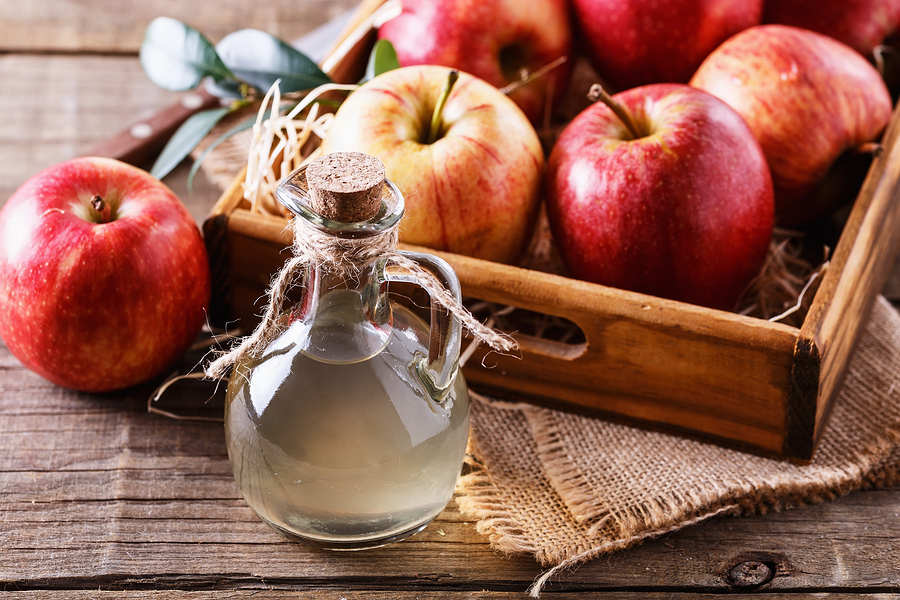
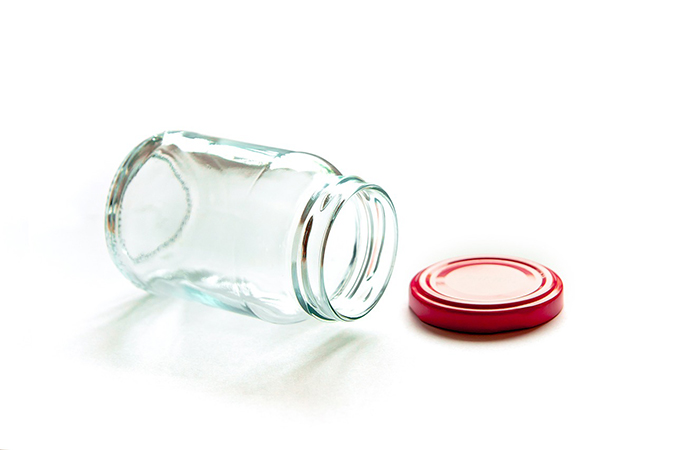
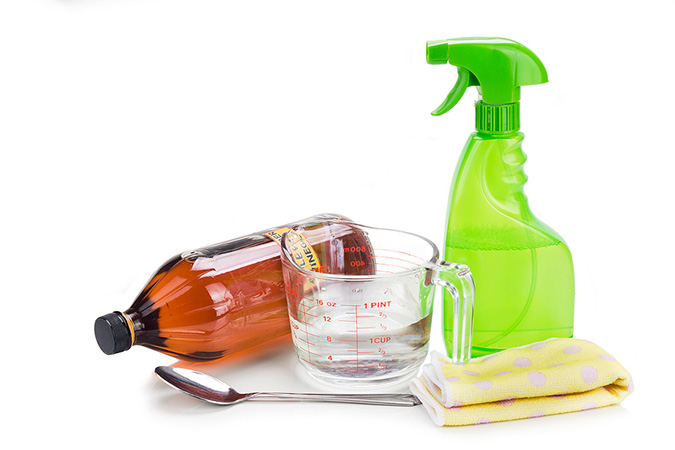

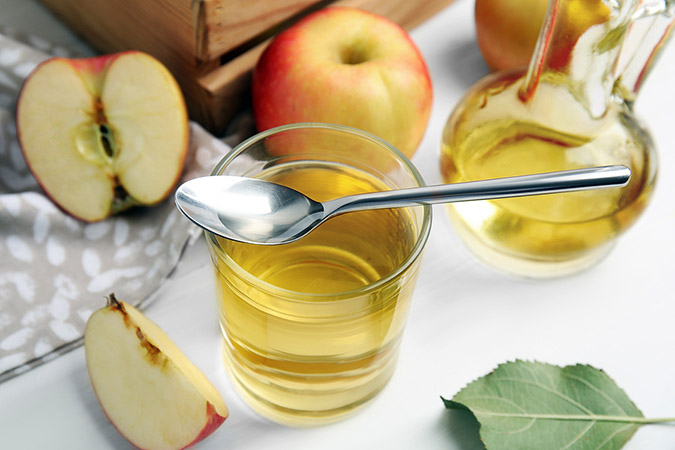







COMMENTS(2)
You can also put ACV in a cow’s milking ration/chop to combat mastitis. If you do this plus use it as a wash on the udder & teats, it works even better.
What do you do if white yeast forms on top?